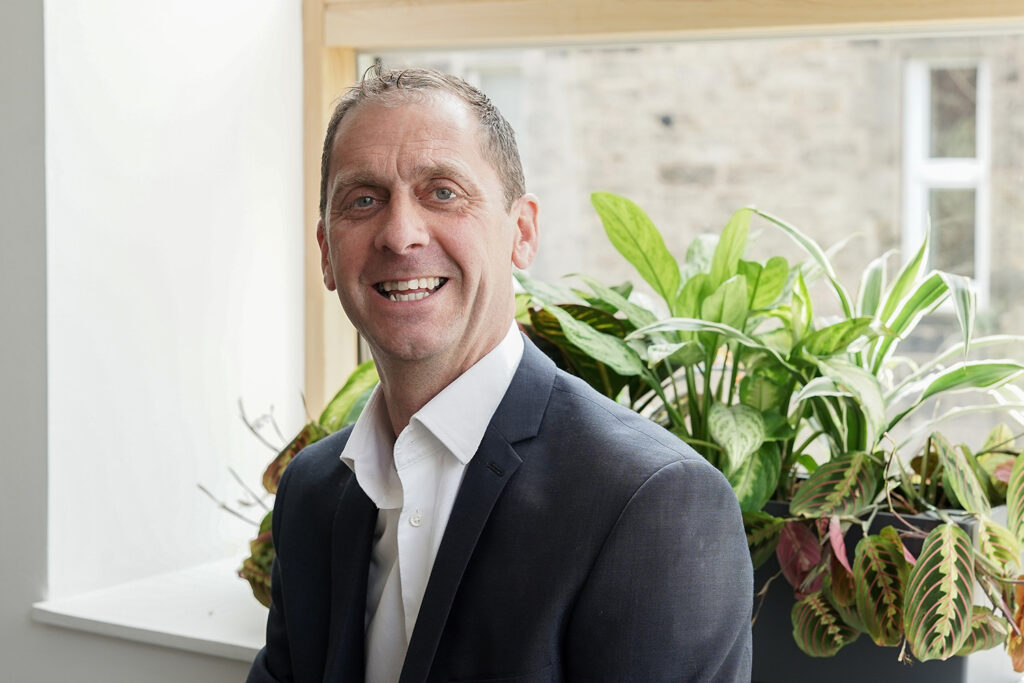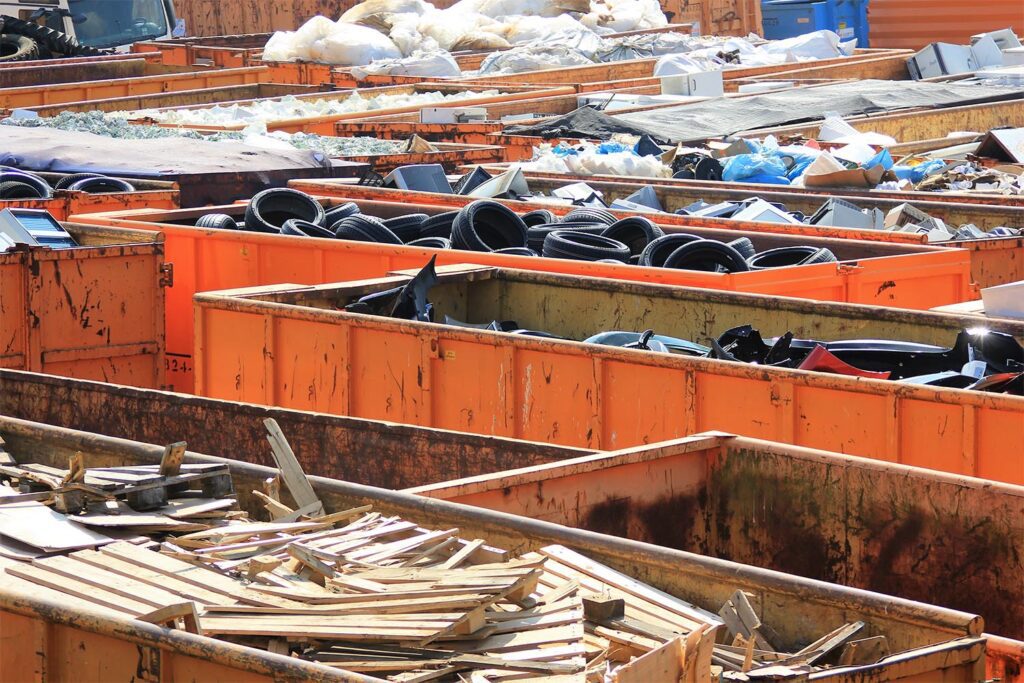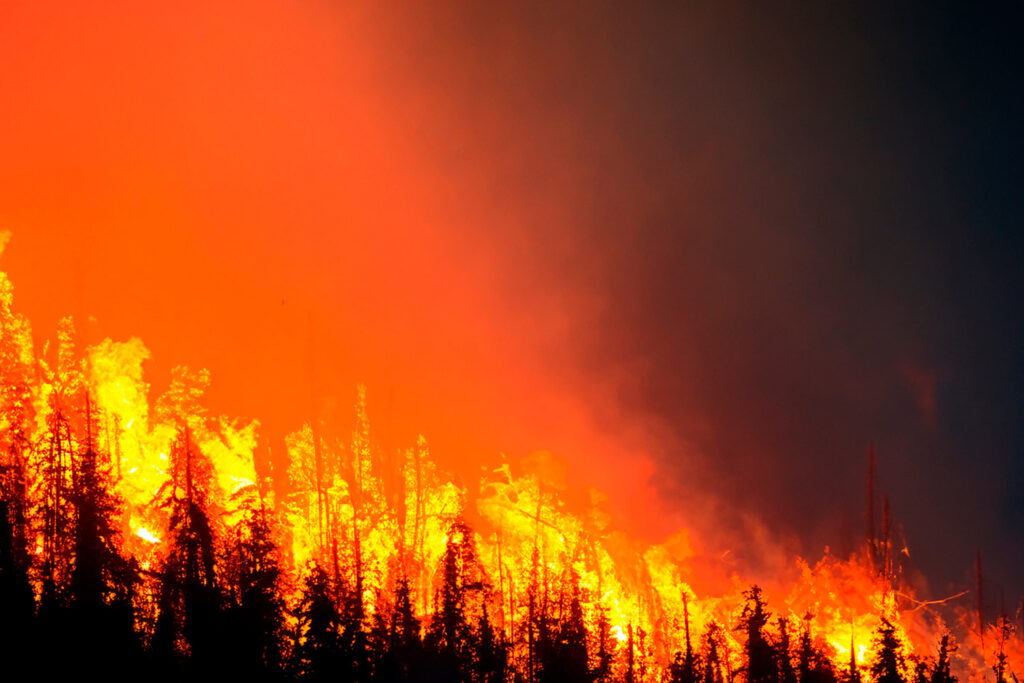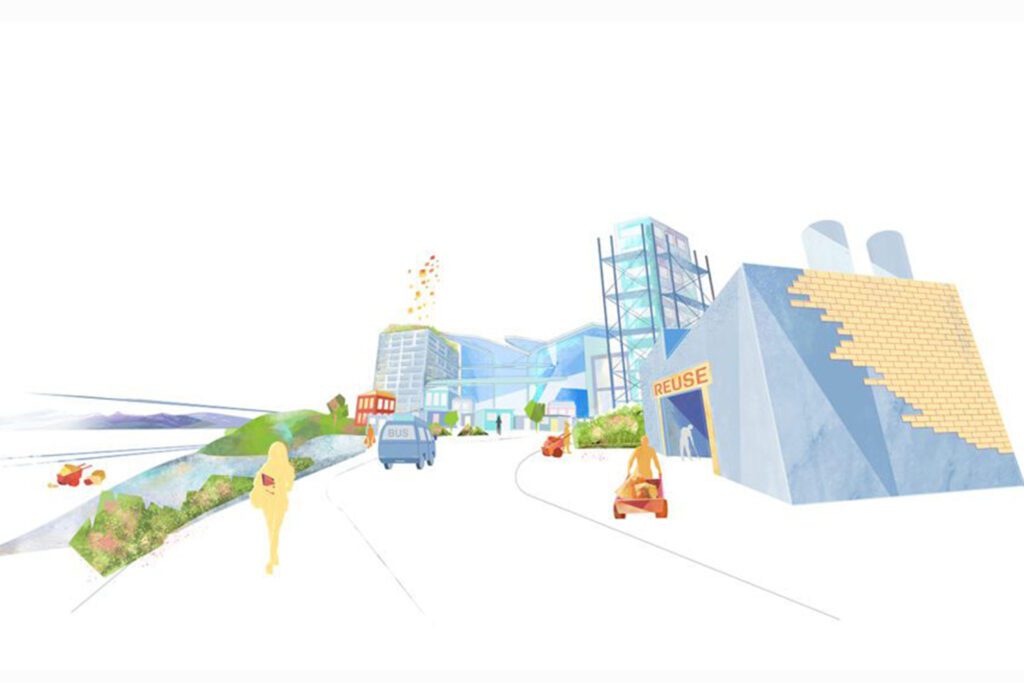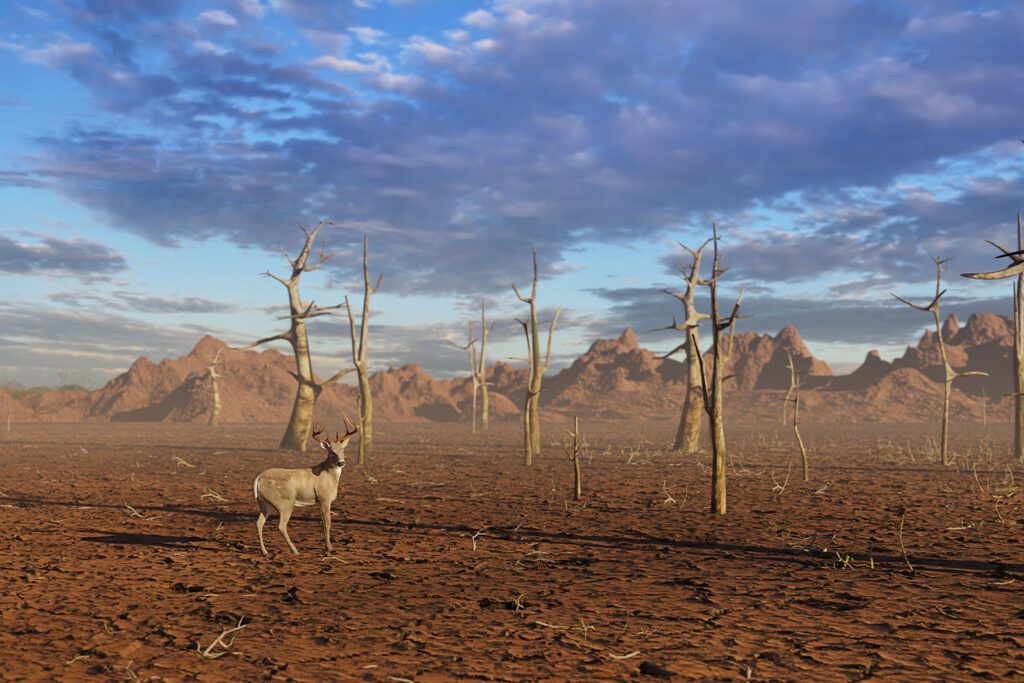Plastic pollution protocol: the end of plastic pollution?
In the late 1980s, world leaders got together in Canada and agreed it was time to act upon ozone-depleting substances.
15 years earlier, scientists had shown incontrovertibly that anthropogenic pollution was damaging the atmosphere, reducing its ability to absorb harmful UV-B radiation, as well as leading to increased risk of skin cancer, crop damage and other ill-effects.1
At the time, the chemical industry said it was a “load of rubbish.”2 However, in spite of this statement, the Montreal Protocol3 was ratified in 1989, and chlorofluorocarbons, along with approximately 100 other harmful substances, started to be phased out. Fast forward 30 years and the ozone is now recovering. These chemical bans have also contributed to significant reductions in greenhouse gas emissions.4
Astonishingly, it remains the only international agreement to have been ratified by every country on Earth – all 198 United Nations (UN) Member States. It could be argued that it is also the only international agreement that is close to being wholly successful in its aims.5

Could that be about to change?
At the beginning of March 2022, the UN Environment Assembly featuring representatives of the Member States, businesses, civil society and other stakeholders, gathered in Nairobi, Kenya. Against the backdrop of the Intergovernmental Panel on Climate Change’s (IPCC) report on the impacts of climate change – which the UN’s Secretary-General Antonio Gutteres dubbed “a damning indictment of failed climate leadership” – they discussed the environment.
One of the topics debated was humanity’s collective failure to manage chemicals and waste. They also prioritised the need to protect, conserve and restore the Earth’s ecosystems. They discussed sustainably managing lakes, land, minerals and metals, as well as protecting animals and habitats to prevent extinction and deforestation. Most conspicuously, they considered the issue of plastic pollution. Every Member State present agreed that by 2024 they would have an international and legally binding agreement to end plastic pollution.6
When scientists were raising the alarm on ozone-depleting substances in the late 1980s, reports were also being published about plastic particles in the Atlantic Ocean. As the Montreal Protocol was taking force, accounts of the “Great Pacific Garbage Patch”* were being published.7
By the beginning of the 21st century, plastic debris in the ocean was known to be ubiquitous, and lessons from Montreal on the precautionary principle8 were overlooked. It is only since the 2021 Environment Act9 that there is a requirement for the principle to be considered in most UK environmental policy.

Unfortunately, the insatiable production and consumption of plastic continues to grow, with almost 400 million tonnes made each year.11 Since 2000, plastic waste has more than doubled. There are now more than five trillion pieces of plastic in the Earth’s oceans.12 This continued growth is due to both the misinformation from the petrochemical industry on the effectiveness of recycling and modern waste management systems13, and because plastic is just a really useful material. It is worth noting that, with responsible custodianship, plastic can have positive impacts.
The plastic issue has entered the collective consciousness, thanks to activists such as Sir David Attenborough and organisations like the BBC.14 As a result, there is growing public pressure to reduce plastic pollution. However, as Buro Happold discovered in our 2021 report for the Aldersgate Group15 the swell of public opinion has not necessarily translated into a reduction in plastic production and consumption. Crowd-pleasing, knee jerk policies, such as penalising individual single-use products might have actually had the contrary effect.
Plastic waste is a transboundary problem. It blows off landfill sites, it flows down rivers, it crumbles into the soil. More than 90% of plastic waste is dumped or incinerated16, and the incinerators for their part, lock-in a dependence on high-calorie plastic waste. Plastic from your recycling bin should make it to a sorting plant, but it might not.17
Even in the UK, it would be hard for a life-long waste management expert to really understand what ends up where, let alone the average product user. The bits of plastic that are recycled, i.e., those bits that find the right collection route uncontaminated, have the right chemistry and that are deemed economically worthy, can only be recycled a couple of times. Ultimately, they are destined to disintegrate, finding their way into the air we breathe, the water we drink and the food we eat.

We are working hard to improve collection and recycling in order to deal with all the plastic that is out there, but that is only part of the solution. As the UN Member States are finally starting to agree, the discussion is not just one for waste managers, it is one for anthropologists, architects, ecologists, oceanographers, financiers and informal waste pickers.
Whilst policy stalls19, we can heed the UN’s global call and work with our collaborators to change mindsets, reframe problems and ask the difficult questions. Why are we choosing this material? Where is it going to end up in seven generations?20 How can we design materials, logistics and waste flows that do not perpetuate current throwaway behaviours, now that we know that there is no ‘away’?
By engaging with, understanding and embedding the principles of a material circular economy and net positive waste system, as well as advocating for better product design, involving a broader range of stakeholders, raising awareness and sharing knowledge, we can help lead this global journey to end plastic pollution. Then maybe, in another 30 years, an end to plastic pollution will be in sight.
*It is really more of a vast garbage soup, but the ‘patch’ simplification captures the imagination more effectively, much as the ‘hole’ in the ozone layer did before it. More information can be found here.
Sources:
- Molina, M., Rowland, F. (1974) Stratospheric sink for chlorofluoromethanes: chlorine atom-catalysed destruction of ozone. Nature 249, 810–812
- Greenpeace (1997) Position paper for the 9th meeting of the parties to the Montreal Protocol
- UNEP (2022) About Montreal Protocol
- UNEP (2022) About Montreal Protocol
- O’Brien, E., Gowan, R. (2012) What Makes International Agreements Work: Defining Factors for Success. Center on International Cooperation, New York University
- UNEP; UNEA (2022) Draft resolution – End plastic pollution: Towards an international legally binding instrument
- Chelsea M. Rochman (2020) The Story of Plastic Pollution: From the Distant Ocean Gyres to the Global Policy Stage. Oceanography Vol. 33
- Dr Jose Felix Pinto-Bazurco (2020) The Precautionary Principle. International Institute for Sustainable Development
- UK Government (2021) Environment Act
- Lebreton et al. (2019). A global mass budget for positively buoyant macroplastic debris in the ocean. Nature Scientific Reports
- Statista (2021) Annual production of plastics worldwide from 1950 to 2020
- Eriksen, M., Lebreton, L. C., Carson, H. S., Thiel, M., Moore, C. J., Borerro, J. C., … & Reisser, J. (2014). Plastic pollution in the world’s oceans: more than 5 trillion plastic pieces weighing over 250,000 tons afloat at sea. PloS one, 9(12), e111913
- Brock, J., Geddie, J. & Volcovivi, V. (2021) The Recycling Myth: Big Oil’s solution for plastic waste littered with failure. Reuters
- BBC (2017) Blue Planet II The dangers of plastics in our oceans. Video clip
- Aldersgate Group (2022) Fostering Prosperity
- R. Geyer, J. R. Jambeck, K. L. Law, Production, use, and fate of all plastics ever made. Sci. Adv.3, e1700782 (2017)
- Dr Seda Gündoğdu-Çukurova (2022) Game of Waste. Greenpeace
- R. Geyer, J. R. Jambeck, K. L. Law, Production, use, and fate of all plastics ever made. Sci. Adv.3, e1700782 (2017)
- Edie (2022) Defra delays Extended Producer Responsibility reforms
- Haley, M. (2021) Introducing the Seventh Generation Principle
Contributor: Emily Harrison


